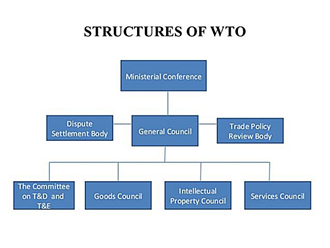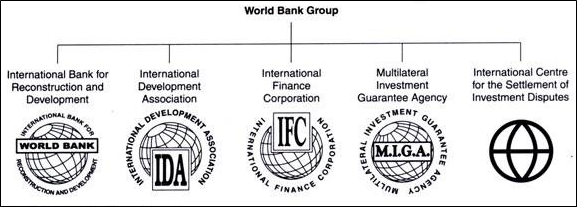1. Hawkish stance
A hawkish stance prioritises controlling inflation through interest rates hike. High interest rates make borrowing less attractive, reducing the amount of money in circulation. As a result, consumers purchase less and avoid taking loans. This decreased demand for goods and services leads to price stabilization, preventing inflation. Additionally, higher interest rates can strengthen the country’s currency.
2. Accommodative stance
An accommodative stance is adopted when economic growth is slowing. The goal is to boost spending by increasing the money supply in line with national income and demand for money, also known as “easy monetary policy.” The central bank lowers interest rates to make borrowing cheaper, encouraging more spending by consumers and businesses. This policy helps stimulate the economy during slowdowns by reducing the cost of borrowing through decreased short-term interest rates.
3. Neutral stance
A neutral stance maintains economic stability without stimulating or restraining growth. In this stance, policy rates are neither increased nor decreased, as economic conditions are balanced. The aim is to sustain a stable economic environment without influencing growth through changes in taxation or government spending.
4. Calibrated tightening stance
Calibrated tightening means during the current rate cycle, a cut in the repo rate is not being considered in near future. But the rate hike will happen in a calibrated manner. This means the central bank may not go for a rate increase in every policy meeting, but the overall policy stance is tilted towards a rate hike. This can happen outside the policy meetings as well if the situation warrants.
5. Dovish stance
Dovish stance is taken when the economy is not growing, and the central bank wants to guard against deflation and there is a need to stimulate the economy. Dovish stance involves low-interest rates. Low interest rates attract consumers to take credit from banks and other sources. However, in the context of Indian economy, RBI is rarely seen taking this stance as India is a strong emerging economy where the risk of deflation is near zero. This stance is generally seen in advanced economies like Japan where the growth rates have stagnated for a considerable period.
Spread the Word


